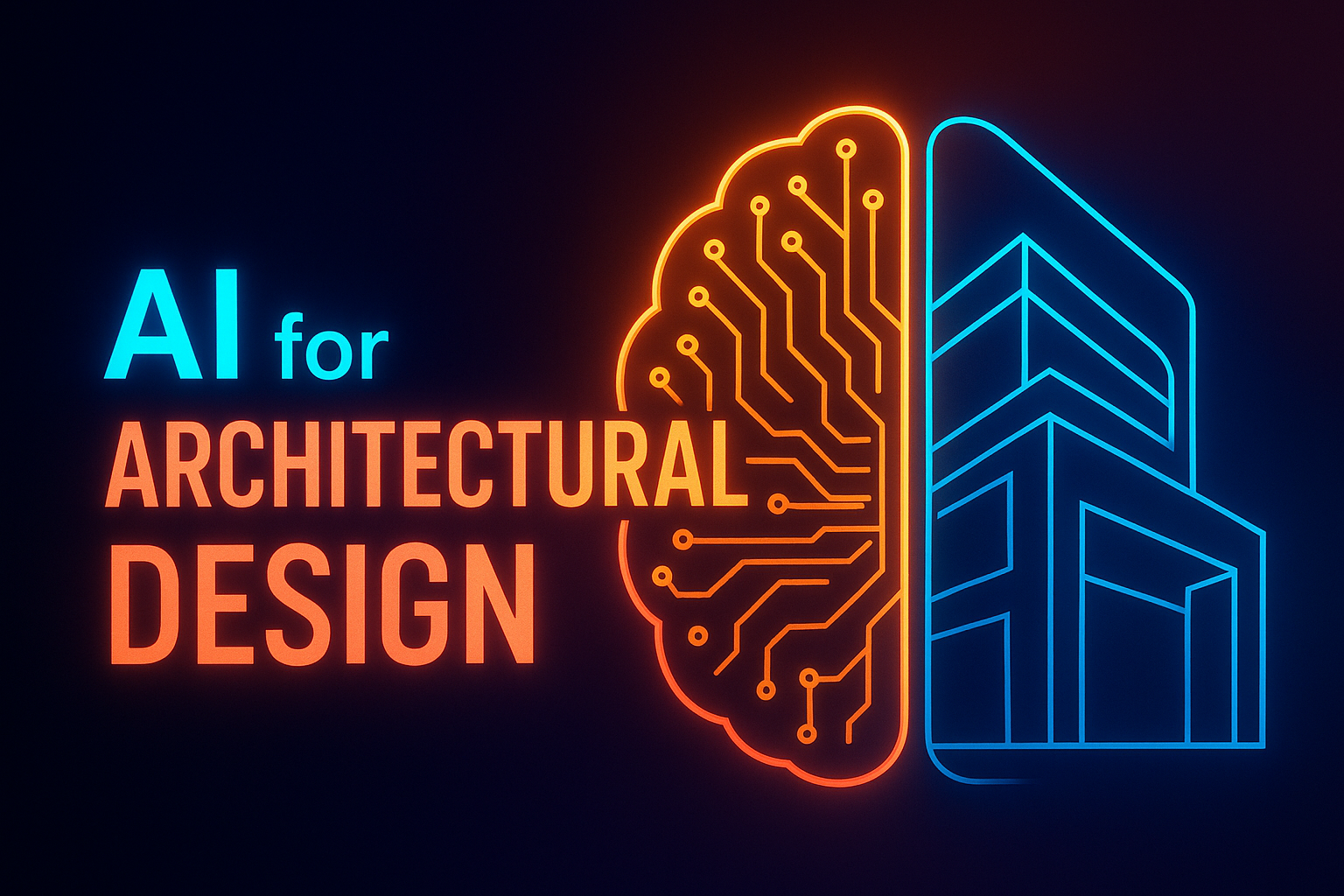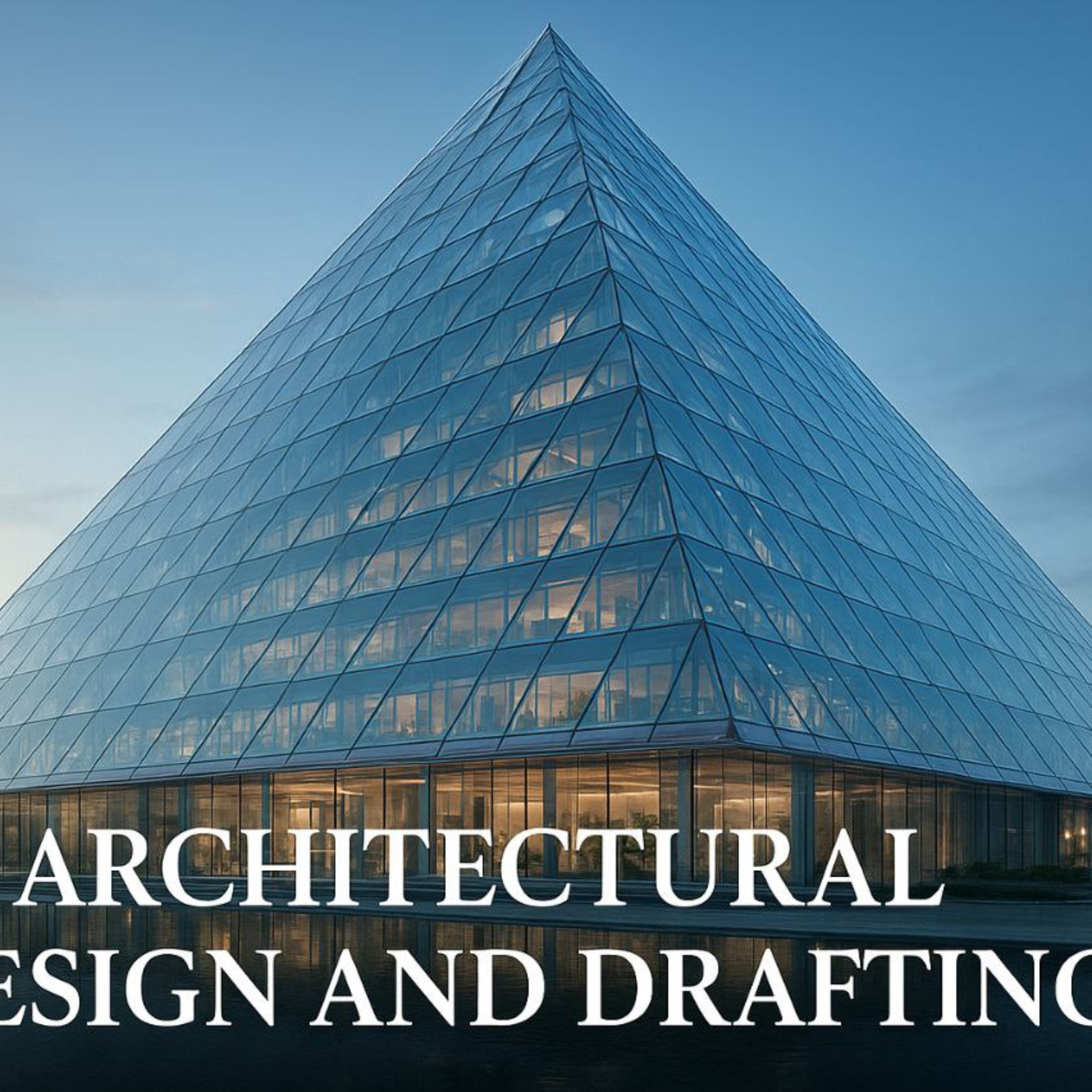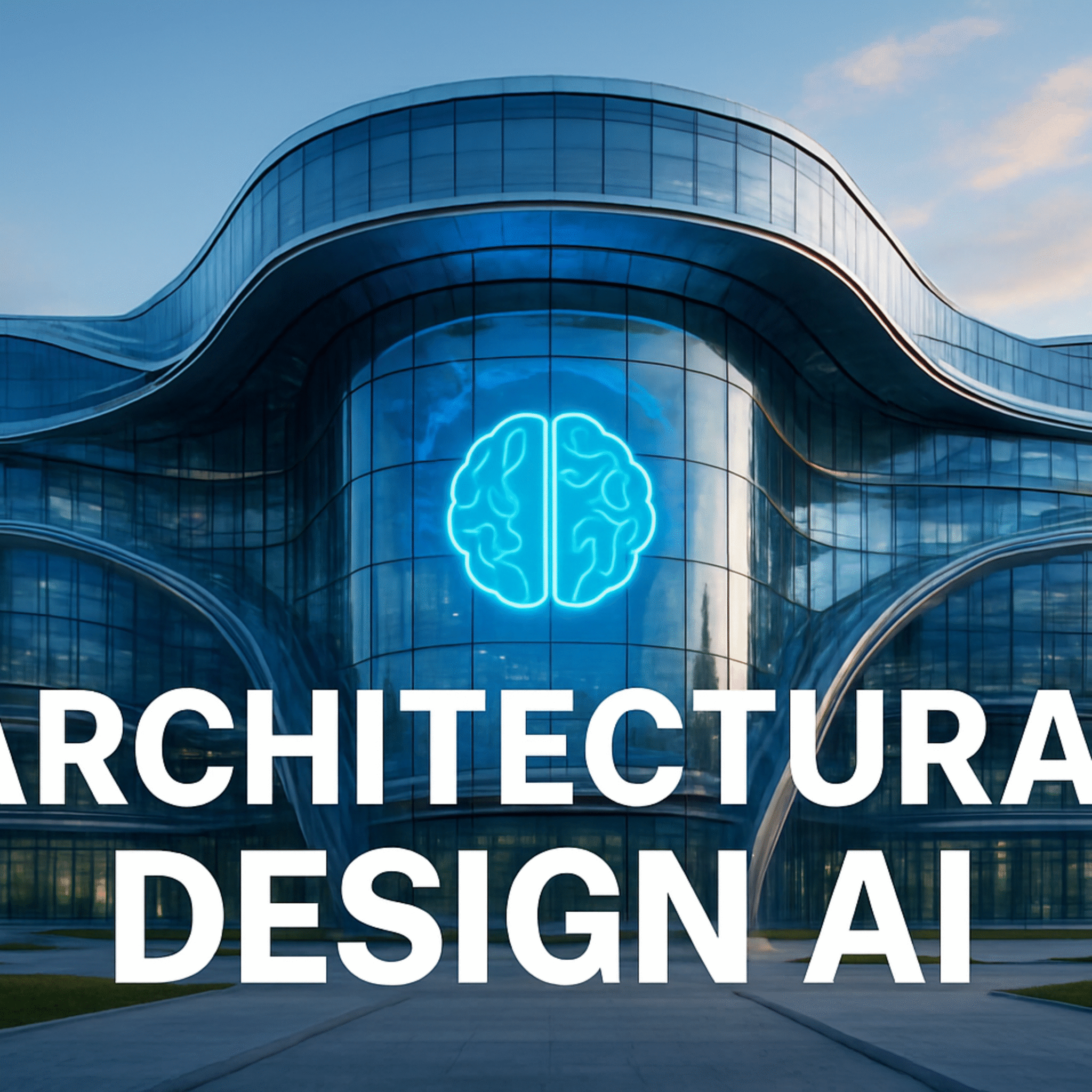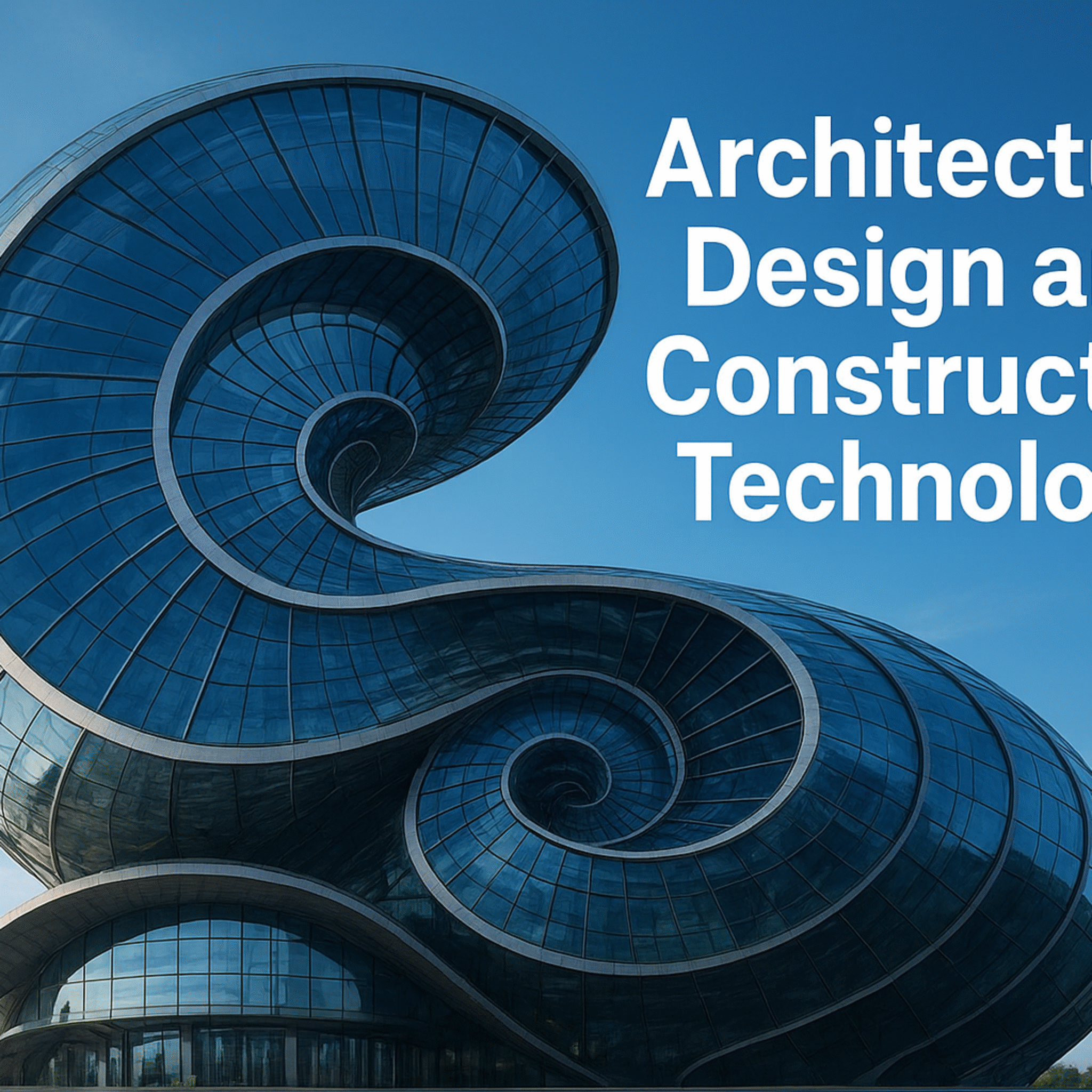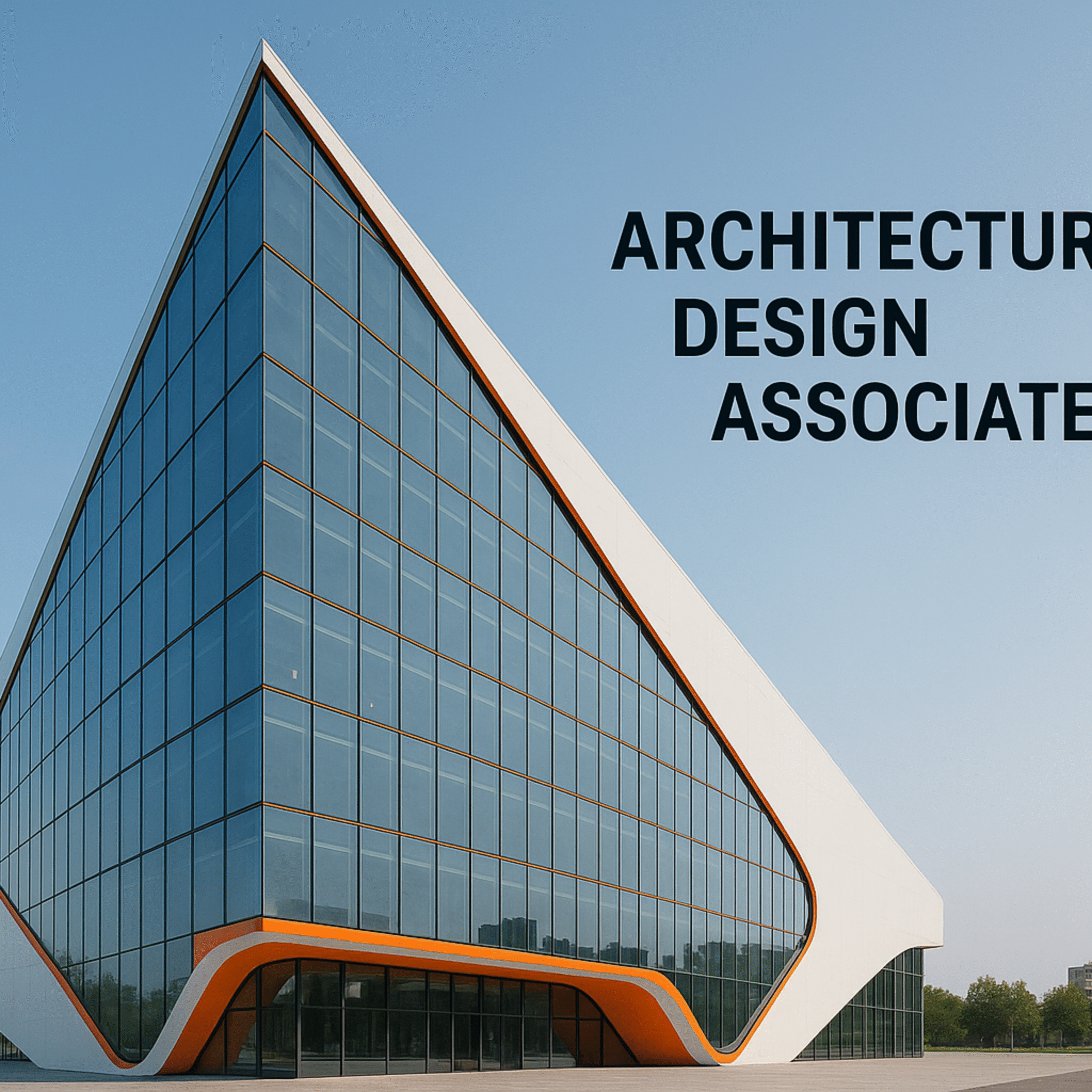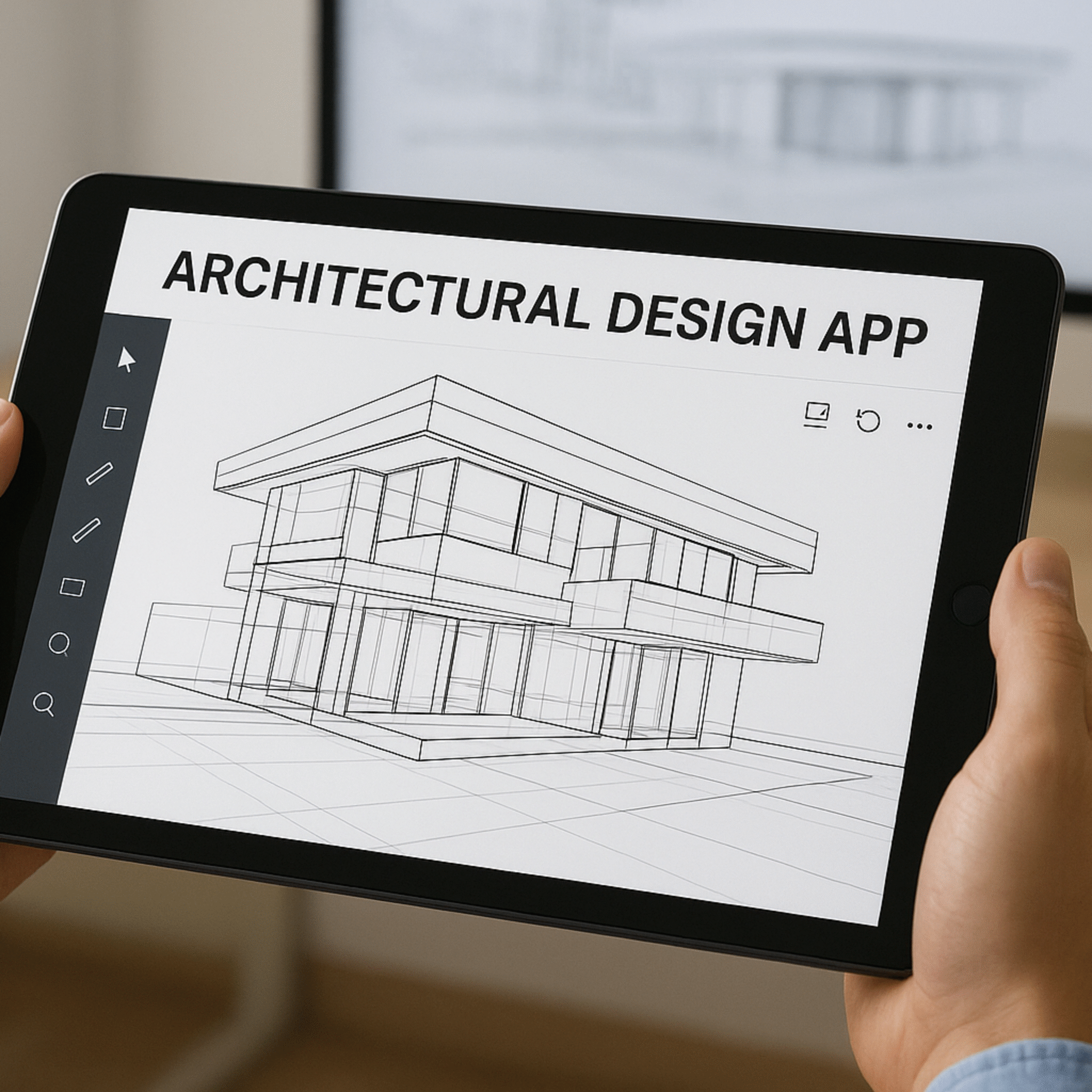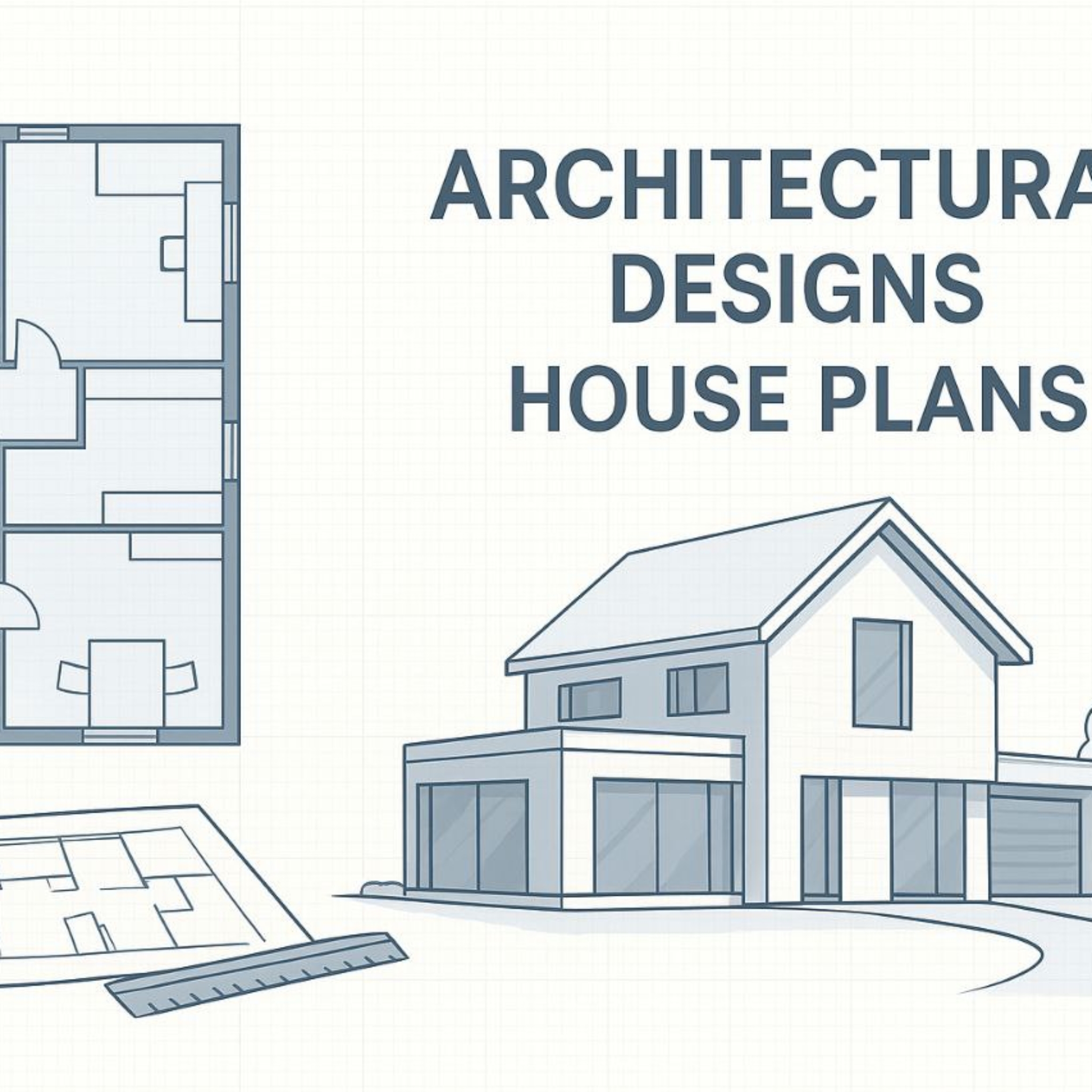Artificial Intelligence in Architectural Design : Transforming the Future of Architecture
Artificial Intelligence (AI) is redefining the world of architectural design. By merging creativity with computation, AI enables architects to conceptualize, plan, and execute projects more efficiently than ever. It enhances design quality, sustainability, and innovation — changing how architecture is imagined and built.
AI and Generative Design
One of AI’s most powerful contributions to architecture is generative design. Through algorithms and machine learning, architects can input parameters such as space, budget, materials, and environmental conditions.
AI then generates multiple optimized design options — each meeting the specified criteria.
This process accelerates the design phase and broadens creative exploration. Tools like Autodesk Generative Design and Spacemaker AI are at the forefront, allowing designers to uncover solutions that might remain unseen with traditional methods.
AI in Structural Analysis and Simulation
AI also improves structural analysis by predicting how a building will respond to different conditions such as wind, load, and temperature.
Advanced AI models simulate energy consumption, daylight exposure, and thermal comfort, ensuring buildings are safe, efficient, and environmentally responsible.
By leveraging AI early in design, architects can optimize both performance and sustainability.
Integration of AI with Building Information Modeling (BIM)
AI strengthens BIM (Building Information Modeling) by automating routine tasks like clash detection, scheduling, and quantity estimation.
AI-powered BIM systems minimize human error, save time, and deliver data-driven insights for better decision-making throughout a project’s lifecycle.
User-Centric and Smart Design
AI fosters user-centered architecture by analyzing user behavior, preferences, and spatial patterns.
This allows architects to design environments that improve comfort, productivity, and functionality.
For instance, AI can optimize space layouts based on movement patterns, resulting in smarter and more adaptive designs.
AI and Sustainability in Architecture
Sustainability lies at the heart of modern design, and AI is a vital enabler.
AI-driven energy modeling helps minimize carbon footprints by optimizing materials, lighting, and temperature control.
Tools like EcoDesigner and AI-integrated simulations empower architects to design eco-friendly buildings that align with global environmental goals.
Top AI Tools for Architectural Design
AI tools are reshaping how architects visualize and execute ideas. Below are some of the best in the field:
- Autodesk Generative Design – Automates design exploration based on performance criteria.
- Spacemaker AI – Analyzes site conditions to create optimized layouts.
- TestFit – Generates quick feasibility studies for mixed-use projects.
- Rhino + Grasshopper (with AI Plugins) – Enables algorithmic and parametric modeling.
- Adobe Sensei – Accelerates rendering and visualization.
- FreeCAD & Blender (with AI plugins) – Offer open-source generative design capabilities.
These tools enhance both creativity and efficiency while supporting sustainable, data-driven workflows.
Free AI Tools for Architects
Free and open-source AI platforms have democratized architectural innovation.
Tools like Dream by Wombo, NightCafe, Spline, and Figma allow architects to visualize ideas and collaborate in real-time.
Meanwhile, ChatGPT supports research, writing, and technical documentation, saving valuable time.
Such tools empower students, freelancers, and small firms to access powerful AI capabilities without high costs.
Generative AI: Research and Future Prospects
Recent studies highlight how Generative Adversarial Networks (GANs) and Variational Autoencoders (VAEs) generate realistic and functional architectural designs.
Researchers are also combining generative AI with BIM, VR, and AR to automate structural layouts and enhance collaboration.
As AI continues to advance, hybrid models that merge rule-based logic with deep learning will offer more creative control and precision — signaling a future where AI becomes a true design partner.
Challenges of AI in Architecture
While AI offers immense potential, it also brings challenges:
- Ethical concerns over authorship and automation
- Data privacy issues
- Skill gaps among architects in AI and data science
Addressing these challenges ensures AI remains a collaborative tool, not a replacement for human creativity.
AI is revolutionizing architecture by combining computational intelligence with artistic vision.
From generative design to sustainability modeling, AI empowers architects to create smarter, greener, and more efficient spaces.
Those who embrace AI will lead the next era of architectural innovation — where technology and creativity unite to shape a more sustainable and adaptive built environment.


